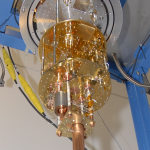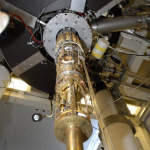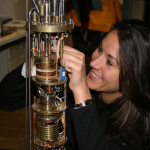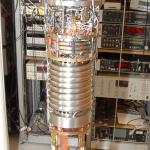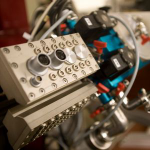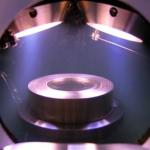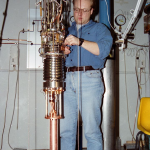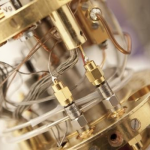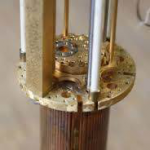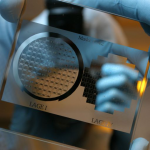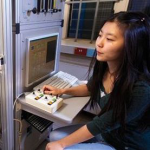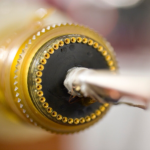Administration of EMP-related Publications
| year | 2021 |
| author(s) | Yulong Liu, Jay Mummery, Jingwei Zhou, Mika A. Sillanpää |
| title | Gravitational Forces Between Nonclassical Mechanical Oscillators |
| document type | Paper |
| source | Phys. Rev. Applied 15, 034004 (2021) |
| doi | 10.1103/PhysRevApplied.15.034004 |
| arxiv | https://arxiv.org/abs/2008.10477 |
| EMP/Horizon2020 | This publication does not include a EMP/Horizon2020 acknowledgement. |
| abstract | Interfacing quantum mechanics and gravity is one of the great open questions in natural science. Micromechanical oscillators have been suggested as a plausible platform to carry out these experiments. We present an experimental design aiming at these goals, inspired by Schmöle et al., Class. Quantum Grav. 33, 125031 (2016). Gold spheres weighing on the order a milligram will be positioned on large silicon nitride membranes, which are spaced at submillimeter distances from each other. These mass-loaded membranes are mechanical oscillators that vibrate at ∼2 kHz frequencies in a drum mode. They are operated and measured by coupling to microwave cavities. First, we show that it is possible to measure the gravitational force between the oscillators at deep cryogenic temperatures, where thermal mechanical noise is strongly suppressed. We investigate the measurement of gravity when the positions of the gravitating masses exhibit significant quantum fluctuations, including preparation of the massive oscillators in the ground state, or in a squeezed state. We also present a plausible scheme to realize an experiment where the two oscillators are prepared in a two-mode squeezed motional quantum state that exhibits nonlocal quantum correlations and gravity the same time. Although the gravity is classical, the experiment will pave the way for testing true quantum gravity in related experimental arrangements. In a proof-of-principle experiment, we operate a 1.7 mm diameter Si3N4 membrane loaded by a 1.3 mg gold sphere. At 10 mK temperature, we observe the drum mode with a quality factor above half a million at 1.7 kHz, showing strong promise for the experiments. Following implementation of vibration isolation, cryogenic positioning, and phase noise filtering, we foresee that realizing the experiments is in reach by combining known pieces of current technology. |
